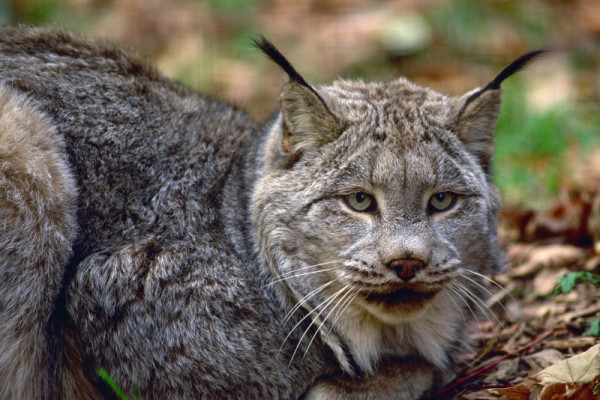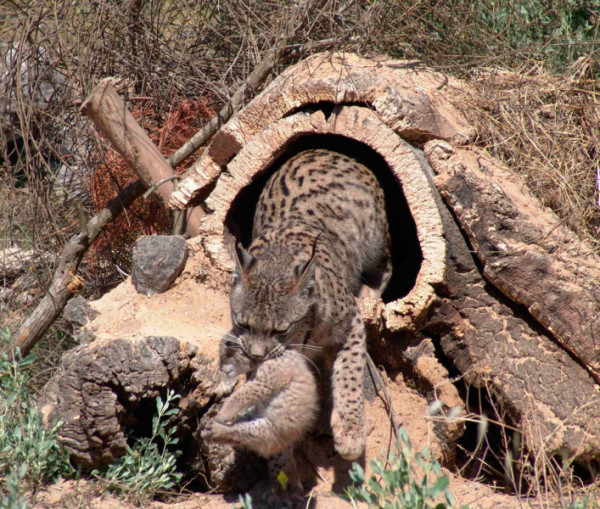Meet our Species of the Month: the lynx!
By Joanna Barrington, Manager, Strategic Partnerships
This new blog series on Canadian wildlife will explore key facts, threats and what WWF is doing to conserve these species. These Canadian species are also featured in the TELUS 2014 calendar. Check out the digital calendar and you can follow along with fun activities, download beautiful desktop wallpapers, colouring pages and more.
The scientific names for the lynx are Lynx Canadensis (Canadian lynx), Lynx lynx (Eurasian lynx) and Lynx pardinus (Iberian lynx).
Lynx live in the boreal and montane forests of North America including the northern forests of Canada, Europe and Asia.
This quiet hunter generally ranges in size from that of an average domestic cat to six times larger, carrying most of its weight in its heavy torso.
Lynx generally hunt on the ground, but are also known to climb trees and can swim swiftly to catch fish. The species mostly feeds on hares and rabbits, but it will also eat ducks, young deer, and partridges.
Did you know?
The lynx has excellent eyesight and can spot a mouse over 70 metres away.
The Iberian lynx is listed by the IUCN as Critically Endangered, with between 84 and 143 adults in the wild.
“Sila” is one of the females for the Spanish captive breeding program of the Iberian Lynx in the Coto Doñana National Park, Spain. The birth of the two cubs in May 2005 was considered a major success of this national programme. © WWF/Ministerio de Medioambiente y Junta de Andalucia
All lynxes have small heads, tufted ears, and heavy bodies with long legs and short tails.
Why is the lynx at risk?
Depletion of its primary prey such as rabbits and other small mammals due to development is an ongoing concern for the lynx. While an adult lynx needs about one rabbit a day to thrive, a mother raising her young needs to catch about three.
Hunting and trapping the lynx for their furs have depleted their numbers in some areas around the world. Habitat destruction and degradation are forcing the lynx to adapt to unfamiliar environments and stresses.
What is WWF doing?
WWF is helping the lynx by preserving networks of protected areas across Canada’s North to secure habitat for the species as well as other wildlife.
In Europe, we support captive breeding programs designed to assist animals such as the Iberian lynx with repopulation, with the ultimate goal of releasing them into the wild in Spain and Portugal. WWF also sponsors the Large Carnivore Initiative for Europe, whose objective is to maintain and restore viable populations of large carnivores as an integral part of ecosystems and landscapes across Europe.
WWF-Canada and TELUS are partnering to support the conservation of Canadian wildlife and their habitats through a new $1 million, four-year partnership. Visit www.givewherewelive.ca to learn more.



